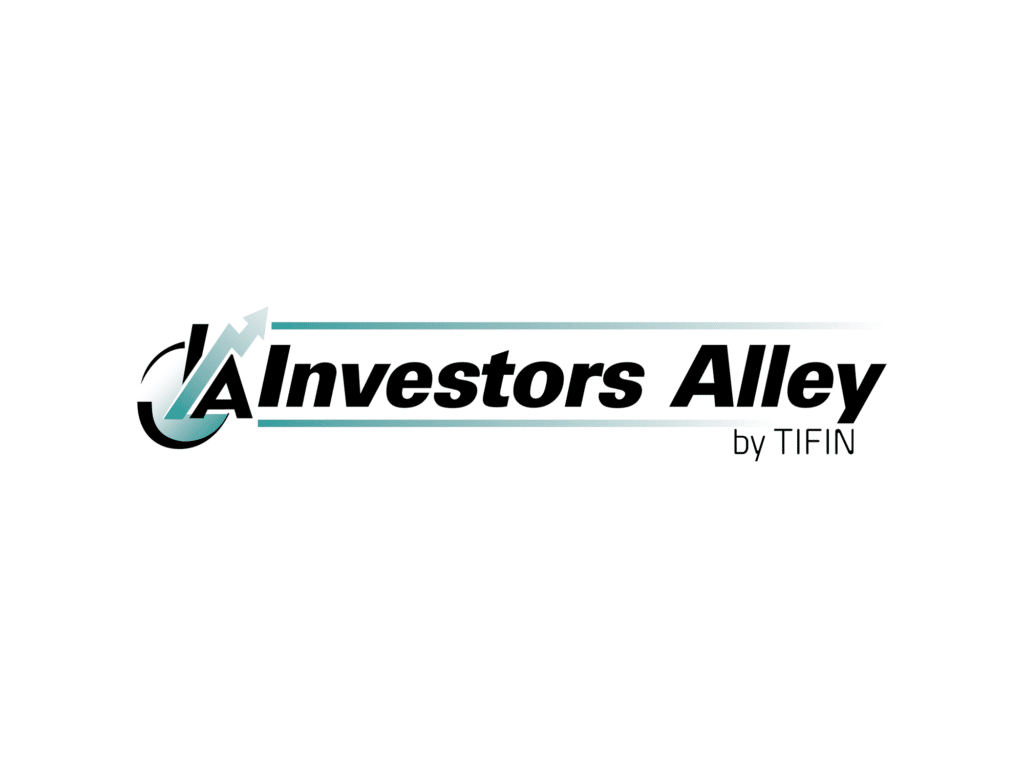How to Get Your Energy Income Without K-1 Hassle
A lot of investors avoid Schedule K-1 reporting investments. These tax reporting documents can add significant extra work at tax filing time. On the flip side, K-1 investments typically pay tax-advantaged distributions. There exist a matched pair of stocks that lets us see how much the investing public values the simplicity of Forms 1099 over Schedules K-1.
One problem with K-1 investments is that owning this type of security in qualified retirement accounts such as IRAs can lead to significant tax expenses and penalties.
So, let’s go over a very popular energy income investment that uses K-1s – and see how you can get similar payouts without the K-1 hassle…
Companies organized as partnerships send out Schedules K-1 to limited partners for tax reporting. There are publicly traded partnerships, and you can spot them by the LP at the end of the name. Energy midstream master limited partnerships (MLPs) are the most common type of publicly traded partnership. There are also financial firms and shipping companies organized as partnerships. Again, most LPs send K-1s, but not all. The only way to check for sure is to go to a company’s investor relations web pages.
Plains All American Pipeline LP (PAA) is an MLP that owns and operates crude oil pipelines and storage facilities. PAA recently restarted distribution growth, and it is one of the most attractive MLPs for income-focused investors.
The distributions paid by MLPs are not taxable income. They will be classified as a non-taxable return of capital. The tax consequences of owning MLP units come when you file taxes and report the Schedule K-1 information. You benefit from non-cash expenses that reduce taxable income as a limited partner. In general, the income from MLP investments can be viewed as tax-free income.
Plains GP Holdings, LP (PAGP) is a limited partnership where each share is backed by one PAA unit. PAA and PAGP are essentially equivalent investments, except that PAGP sends out a Form 1099 for tax reporting. The 1099 reporting means you do not have the Schedule K-1 filing challenges. PAGP distributions pass through the tax advantages of MLP distributions, and PAGP shares are safe to own in qualified retirement accounts.
Due to the differences between 1099 and K-1 reporting, PAA and PAGP trade at different prices; however, they do pay the same dividend rates.
As I write, this PAA is priced at $12.72 and yields 8.41%.
PAGP shares trade at $13.20, giving a yield of 8.11%.
Investors who pick PAGP over PAA pay a 3.8% premium to avoid potential Schedule K-1 issues. Put another way; the 0.3% yield difference equals $30 per year of income per $10,000.
In my Dividend Hunter service, I have a policy of never recommending any K-1 reporting investments. I am happy Plains offers a 1099 reporting choice, and I have PAGP as one of my recommended investments.
What’s the one thing you need to stay retired? That’s right… cash. Money to pay the bills. Money to weather any financial crisis like the one we’re in now and whatever comes next. I’ve located three stocks that if you buy and hold them forever, they could serve as the backbone to your retirement. Click here for details.
How to Get Your Energy Income Without K-1 Hassle Read More »




